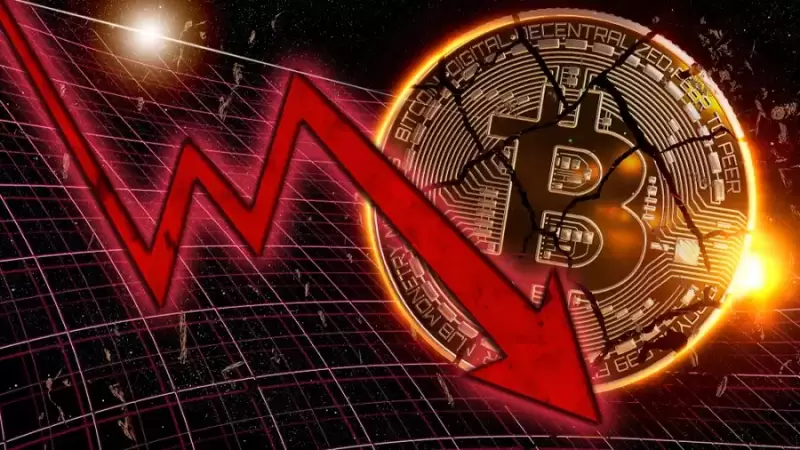 |
|
 |
|
 |
|
 |
|
 |
|
 |
|
 |
|
 |
|
 |
|
 |
|
 |
|
 |
|
 |
|
 |
|
 |
|
Cryptocurrency News Articles
What Is Ethereum 2.0 Staking? A Beginner's Guide to Earning Passive Income
Oct 27, 2024 at 07:33 am
Staking has gained in popularity in recent months, and ETH’s expanding use case has prompted multiple investors to jump into the currency.

Crypto staking, which was created to secure a blockchain network, has taken off, and more investors are looking for sites where they may stake Ethereum. Simply put, staking Ethereum is the act of storing a given quantity of Ethereum for a particular period for the purpose of contributing to the security of the blockchain network and also receive Ethereum staking rewards.
What Is Ethereum 2.0?
Ethereum 2.0, also known as Serenity or ETH 2.0, is a multi-level update to Ethereum. Its main goal is to enhance Ethereum’s transaction capacity, lower fees, and make the network more sustainable. Ethereum 2.0 (ETH2) is a network upgrade that attempts to improve the security and scalability of the Ethereum network. Ethereum’s existing mining process will be replaced by a staking model as part of this upgrade.
The method on which the earlier and new versions of Ethereum are based or used is the critical difference between them. The Proof of Stake (PoS) consensus mechanism is used in Ethereum 2.0, while the Proof of Work (PoW) consensus mechanism is used in Ethereum.
What Is Ethereum Proof of Stake?
Ethereum protocol developers have switched from a proof-of-work (PoW) consensus model to a proof-of-stake (PoS) consensus model as part of their intentions to enable a faster and more environmentally friendly transaction validation procedure. Unlike mining, staking can be done on regular PCs or laptops, eliminating the need for electricity mining equipment.
Ethereum Proof-of-stake is a consensus mechanism that blockchain networks use to reach distributed consensus in which users must stake a certain amount of Ethereum to become validators, as opposed to proof-of-work, which requires users to buy and run mining equipment, or proof-of-authority, which requires users to show proof of their identities. Validators, like miners in proof-of-work, are in charge of arranging transactions and constructing new blocks so that all nodes can agree on the network’s state.
Why Ethereum 2.0 Is Moving To PoS?
One of the primary reasons for the consensus switch is to drastically lower the amount of energy required to validate transactions and create new ETH. Proof-of-work is the original mechanism used by blockchains. To execute transactions and receive rewards, PoW needs computers to compete against one another. This process consumes a lot of energy and takes a lot of time.
As a result, some emerging cryptocurrencies have chosen a different path: proof-of-stake. Because the present cost of transactions on Ethereum’s network is excessively expensive and inhibits many people from using it, the upgrade to version 2.0 will see it switch to PoS. If this update is successful, the lower rates it would bring to the network will make it more accessible to average users.
The proof-of-stake system improves on the proof-of-work approach in several ways. There is a higher level of energy efficiency so mining blocks do not require a lot of energy. Moreover, there are fewer entrance hurdles and fewer hardware requirements, you don’t require top-of-the-line technology to create new blocks. Because it’s easier to use, the new 2.0 system has a good advantage in attracting additional node operators. This will aid in the decentralization of the new network.
PoS on Ethereum is also intended to set the framework for “sharding,” which is a partitioning technique that allows numerous parallel chains to efficiently share data and transaction load. When paired with a supplementary scaling component called “rollups,” these shard chains could allow Ethereum to process up to 100,000 transactions per second. That’s a significant increase above the 10-15 transactions per second it now executes.
How Ethereum Staking Works
The PoS-powered blockchain, unlike the PoW-based blockchain, bundles 32 blocks of transactions during each round of validation, which lasts on average 6.4 minutes. These clumps of blocks are referred to as “epochs.” When two more epochs are added to the blockchain, it is considered complete, meaning the transactions it holds are irreversible.
Stakeholders are divided by the Beacon Chain into 128 “committees” and assigned to a certain shard block during the validation phase (also known as the “attesting process”). Each committee has a designated period for proposing new blocks and validating the transactions within them, referred to as a “slot.” Each epoch has 32 slots, which means each epoch requires 32 sets of committees to complete the validation process. Once a committee has been assigned to a block, one member at random is given the exclusive power to propose a new block of transactions, while the remaining 127 members vote on the proposal and attest to the transactions.
The new block is added to the blockchain and once majority of the committee has attested to its insertion, a “cross-link” is created to validate it. The staker who
Disclaimer:info@kdj.com
The information provided is not trading advice. kdj.com does not assume any responsibility for any investments made based on the information provided in this article. Cryptocurrencies are highly volatile and it is highly recommended that you invest with caution after thorough research!
If you believe that the content used on this website infringes your copyright, please contact us immediately (info@kdj.com) and we will delete it promptly.
-

-

-

-

-

-

-

- Render Network Foundation Announces RenderCon, a One-Day Event to Explore How Art, Media, and Exa-scale Computing Are Shaping the Decade Ahead
- Apr 04, 2025 at 10:10 am
- The Render Network Foundation is thrilled to announce RenderCon, a one-day event on April 15th, 2025, at Nya Studio in Hollywood, California
-

-


























































